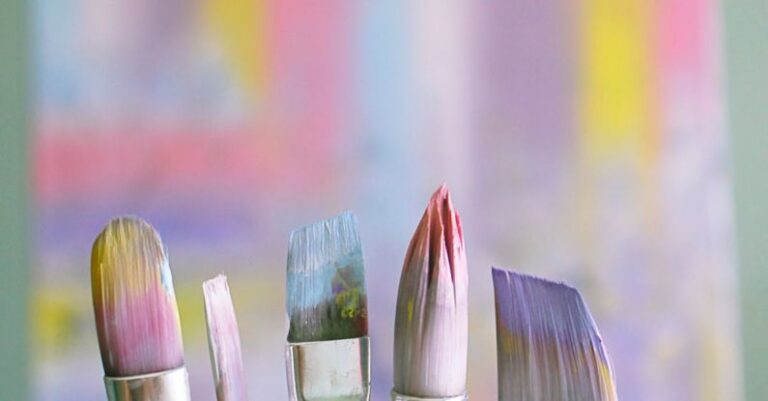
Achieving a flawless makeup look often involves the art of contouring. This technique has become a staple in many beauty routines, helping to enhance facial features and create a sculpted appearance. Whether you are a makeup novice or a seasoned pro, mastering the art of contouring can elevate your makeup game to the next level. In this article, we will explore some of the best techniques for contouring that will help you achieve a professional-looking finish every time.
Understanding Contouring Basics
Before diving into specific contouring techniques, it is essential to understand the basic principles behind this makeup application. Contouring involves using makeup products that are a few shades darker and lighter than your natural skin tone to create shadows and highlights on the face. By strategically placing these products, you can sculpt your features and create the illusion of a more defined bone structure.
Choosing the Right Products
When it comes to contouring, using the right products is key to achieving a natural and seamless finish. Opt for matte contour powders or creams that are easy to blend and buildable. Avoid products with shimmer or glitter, as they can make your contour appear unnatural. Additionally, choose shades that complement your skin tone – a contour color that is too dark can look harsh, while a highlight color that is too light can appear stark.
Contouring Techniques for Different Face Shapes
1. Oval Face Shape: If you have an oval face shape, focus on contouring the areas under your cheekbones, along the jawline, and around the hairline to add dimension and definition.
2. Round Face Shape: For round face shapes, contour along the sides of the forehead, under the cheekbones, and along the jawline to create the illusion of a more angular face shape.
3. Square Face Shape: To soften the angles of a square face shape, contour the temples, jawline, and the sides of the face while highlighting the center of the forehead and the cheekbones.
4. Heart Face Shape: For heart-shaped faces, contour the sides of the forehead, under the cheekbones, and along the jawline while highlighting the center of the forehead and the chin.
Blending Techniques for a Seamless Finish
One of the most crucial aspects of contouring is blending. To avoid harsh lines and achieve a natural-looking contour, use a clean makeup brush or sponge to blend out any harsh edges. Remember to blend in an upward and outward motion to lift the face and create a seamless transition between the contour and highlight shades.
Setting Your Contour
After applying your contour and highlight products, it is essential to set your makeup to ensure it lasts all day. Use a translucent setting powder to lock in your contour and prevent it from smudging or fading throughout the day. Lightly dust the powder over your contoured areas using a fluffy brush to set the makeup in place.
Enhancing Your Contour with Highlighting
To take your contour to the next level, pair it with highlighting to add a luminous glow to your complexion. Apply a shimmery highlighter to the high points of your face, such as the tops of your cheekbones, the bridge of your nose, and the cupid’s bow. This will create a balanced contrast between the contoured and highlighted areas, giving your face a radiant finish.
Sculpting Your Features with Contouring
Contouring is a powerful makeup technique that can transform your face shape and enhance your natural features. By mastering the art of contouring and using the right products and techniques for your face shape, you can achieve a sculpted and flawless makeup look every time. Experiment with different contouring methods and products to find what works best for you, and remember that practice makes perfect when it comes to mastering this makeup artistry skill.





